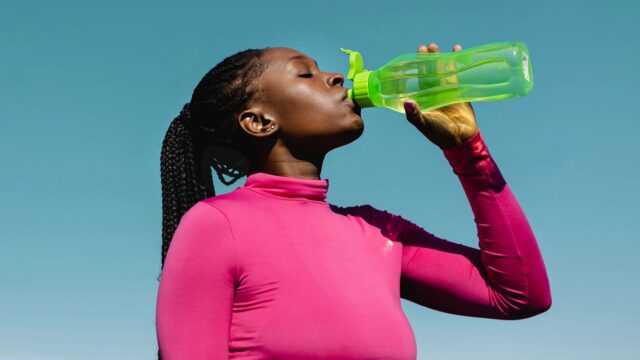
Water treatment systems are an integral part of providing safe and clean drinking water to our homes, businesses, and communities. Without them, we’d be exposed to harmful contaminants that could threaten our health. This article will provide an in-depth look at the different types of water treatment systems, their benefits, and how they work to ensure safe drinking water for all.
The importance of clean, potable water cannot be overstated. Not only is it necessary for our daily activities like cooking and bathing, but it’s essential for our long-term health and wellbeing too. Unfortunately, not all sources of water are safe to drink due to a variety of contaminants like bacteria, heavy metals, chemicals, or parasites that can make us ill if ingested. Water treatment systems are made to filter out these dangerous chemicals so we can be sure that the water we drink every day is safe.
From municipal systems that treat large quantities of public drinking water down to single-use filters in home faucets or pitchers, there’s a wide range of options available when it comes to treating your own supply of safe drinking water. In this article, we’ll discuss the different types of water treatment systems available and how they work together to keep us hydrated with clean and healthy H2O!
Types of Systems
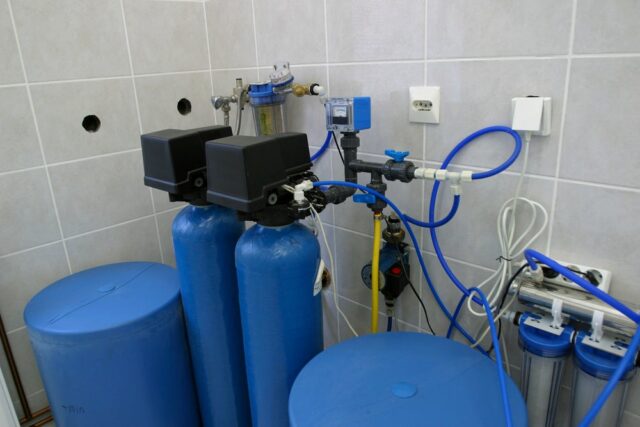
Water treatment systems come in many shapes and sizes, depending on the needs of the user. Each system is designed with a specific purpose in mind, such as removing particles and chemicals, disinfecting the water, or improving its taste. There are three main types of systems commonly used to treat water: filtration systems, ultraviolet (UV) systems, and reverse osmosis (RO) systems.
Filtration systems use physical barriers to remove particles like sand and silt, as well as chemicals like chlorine, from the water. Depending on how big the particles are that need to be removed, these systems come in both small models for homes and large models for municipal treatment plants. Some filtration systems can also remove calcium and magnesium ions from hard water to make it easier to drink.
UV systems use powerful light rays to kill bacteria and other microorganisms that cause illnesses when ingested. These systems are often used in public drinking fountains or wells where there’s a risk of contamination from pollutants or pollutants from agricultural runoff. Lastly, RO systems use a semi-permeable membrane to filter out solids that have dissolved in the water. Most of the time, this type of system is used in an industrial setting, such as for desalination or treating wastewater. However, it can also be used at home to clean tap water.
No matter what type of system you choose, it’s important to make sure it meets your needs and provides safe drinking water for your family or business.
Components and Filtration Processes
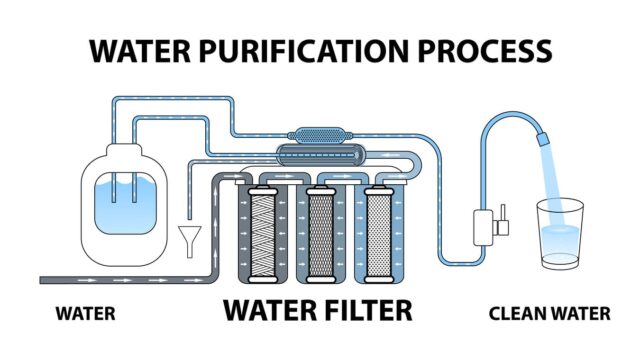
After talking about the different kinds of water treatment systems, let’s look at their parts and how they filter the water. Generally speaking, all water treatment systems have an intake or source, a filtration process, and a purification process. With these three parts and steps, water is taken from its source, filtered to get rid of any harmful substances, and cleaned so it can be used safely.
Most water treatment systems take in water from either the surface or the ground. Surface sources include streams, rivers, and lakes, which can collect pollutants from surrounding areas. Most groundwater comes from underground wells, which are often less likely to be contaminated by their surroundings. Depending on where the water comes from, it may need to go through more filtration steps before it gets to the purification stage.
In the filtration process, raw, untreated water is passed through different filters to get rid of solids like dirt and debris as well as any microorganisms that might be in the water. These filters come in a variety of sizes and shapes depending on their purpose, but all serve to reduce the amount of contaminants in the water supply by trapping them in their filter media. Depending on what needs to be taken out of the water supply, other chemical processes like ion exchange or reverse osmosis may also be used at this stage.
After passing through these filtration stages, the next step is purifying the water with chemical agents such as chlorine or ozone, which kill off any remaining pathogens or other harmful compounds that could still remain in the filtered liquid. With proper equipment maintenance and regular testing of both the water coming in and the water that has been treated for contaminants, these systems help make sure that everyone has safe drinking water and that there are no disease-causing agents in the final product.
Advantages and Disadvantages
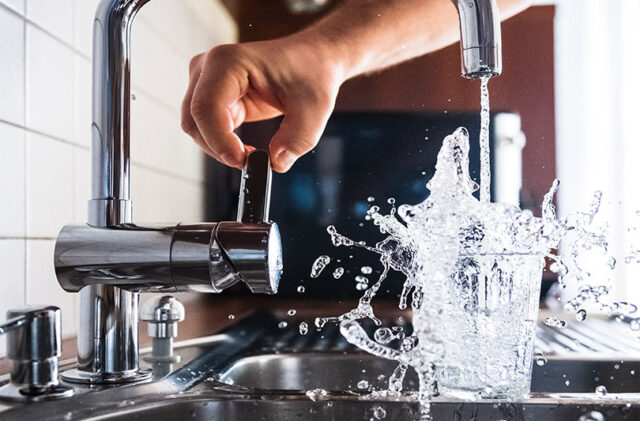
Water treatment systems have many advantages. They can reduce the need for expensive chemical treatments since the systems can filter out particles and contaminants that could potentially harm people and damage property. This also reduces the amount of water that needs to be processed, saving money on both energy costs and maintenance. The systems are also often able to reduce any odors or tastes from the water, making it more pleasant to drink.
On the other hand, there are some disadvantages associated with water treatment systems. To make sure these systems are working well, they need to be checked and fixed on a regular basis. Additionally, it is often difficult for municipalities to keep up with demand for clean drinking water, which can lead to long wait times during peak periods. Some communities or businesses can’t afford to buy and install a system because of how much it costs.
Overall, while water treatment systems come with their own set of challenges, they can provide a great deal of benefit if they are used correctly. It is important to weigh both advantages and disadvantages before deciding whether a system is right for you or your community.
Maintenance and Upkeep
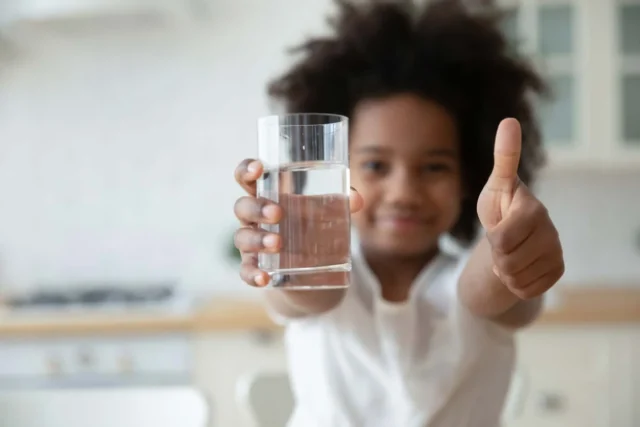
After talking about the pros and cons of water treatment systems, it’s important to think about upkeep and maintenance. Keeping a water treatment system in proper working order is essential to ensuring clean, healthy water for homes and businesses. To do this, there are several steps that need to be taken on a regular basis.
The first step is to monitor the system’s performance. This includes regularly checking for leaks, blockages, and any other problems with the system. Additionally, it’s important to check the filters in the system periodically to make sure they are still able to filter out contaminants properly. If any issues are found, they should be addressed immediately.
Finally, it’s important to keep up with regular maintenance and repair of the system. This includes replacing filters when necessary and ensuring that all parts are functioning correctly. Regular maintenance also helps extend the life of the system and reduce wear and tear over time. If you do these things, your water treatment system will keep giving you clean water for years to come.
Conclusion
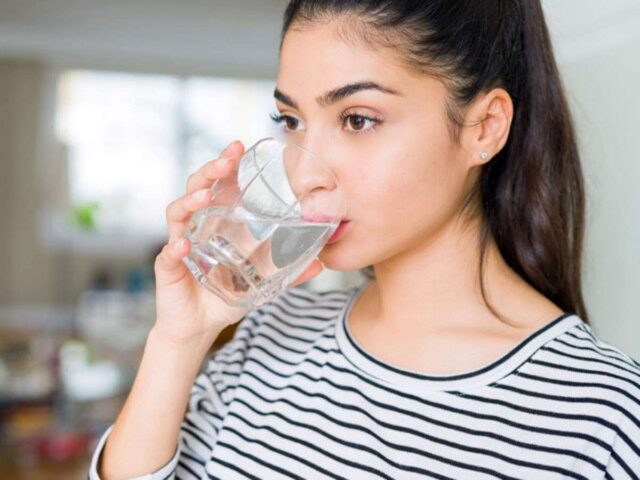
In conclusion, water treatment systems can be a great way to provide clean and safe drinking water. They come in a variety of types, and their components and filtration processes are designed to provide the best possible water quality. There are pros and cons to both systems that you should think about when deciding which one is best for you. Also, you need to do regular maintenance to make sure that your system stays in good shape and keeps working right. With the right system and proper care, you’ll have access to clean and safe drinking water for years to come.
When it comes time to choose a system, do your research and think about what’s important to you. Before making a decision, consider the cost, efficiency, and maintenance requirements, as well as any potential drawbacks. You may also want to consult with an expert who can help you find the perfect system for your needs.
Overall, water treatment systems offer plenty of benefits—from providing clean water for drinking or other uses to reducing contaminants in the environment—but it’s important to consider all aspects before investing in one. With the right system, you can enjoy clean and safe drinking water all year round!









